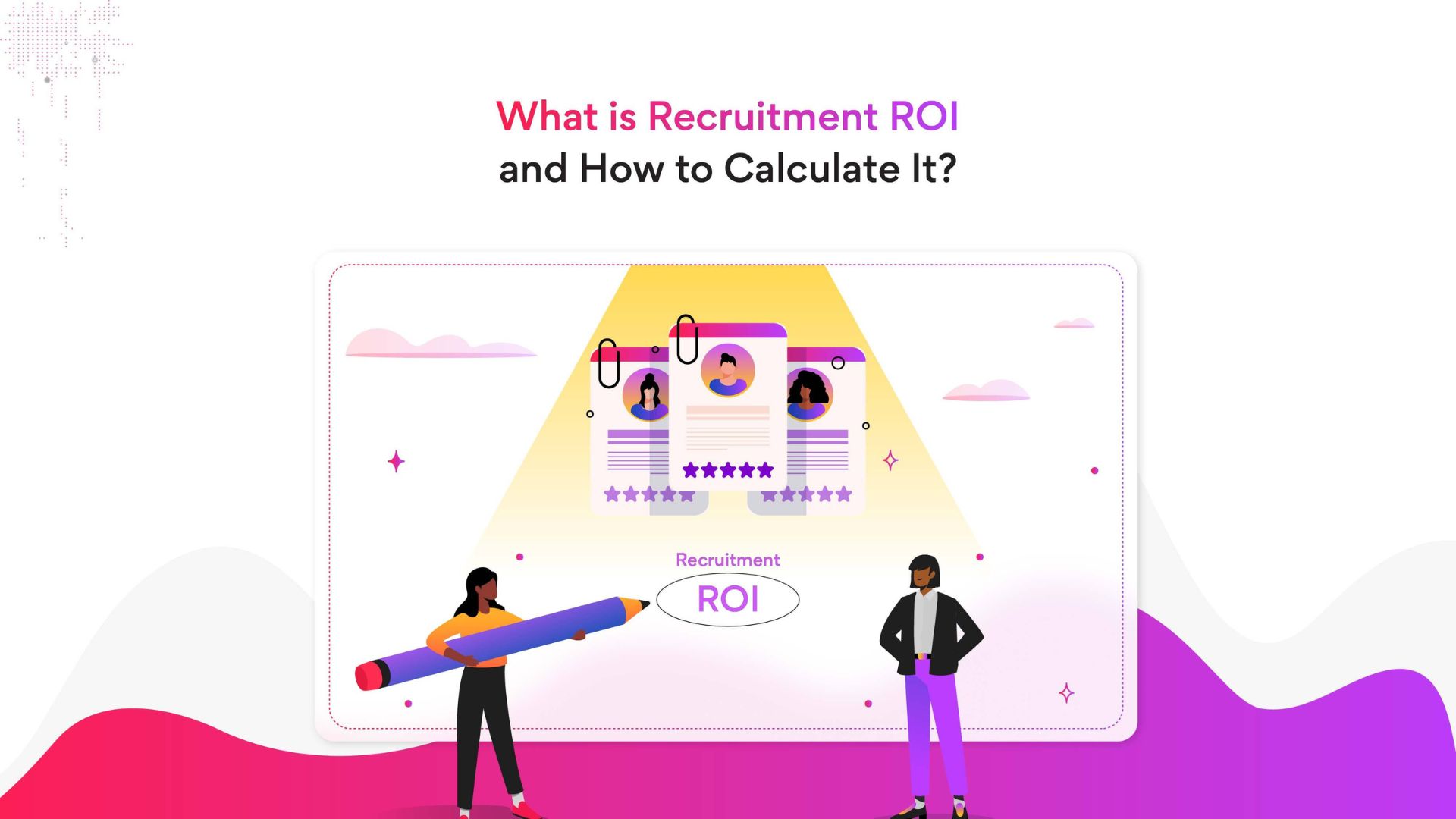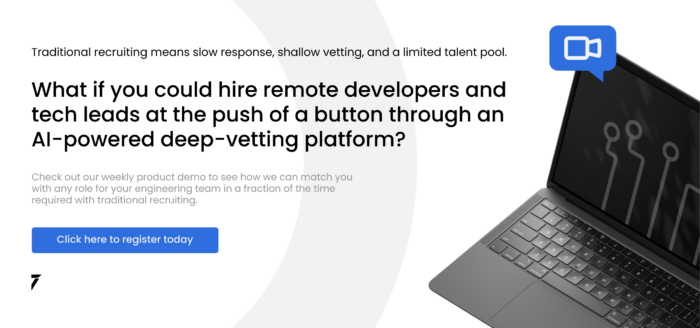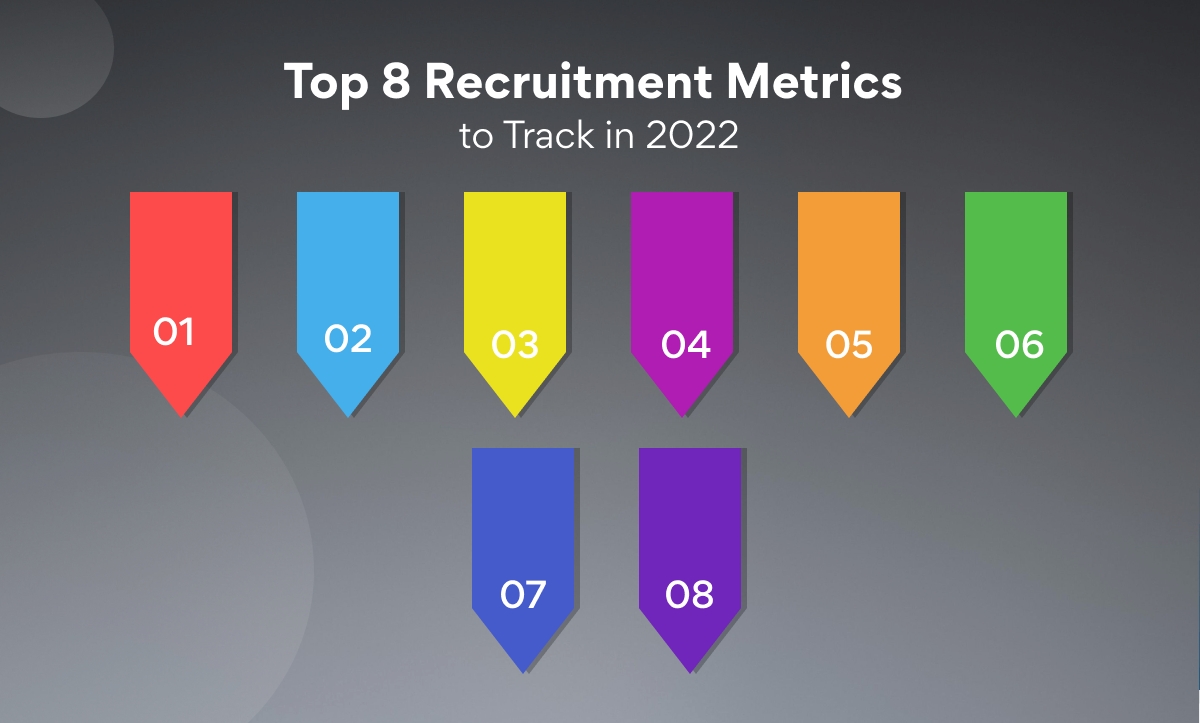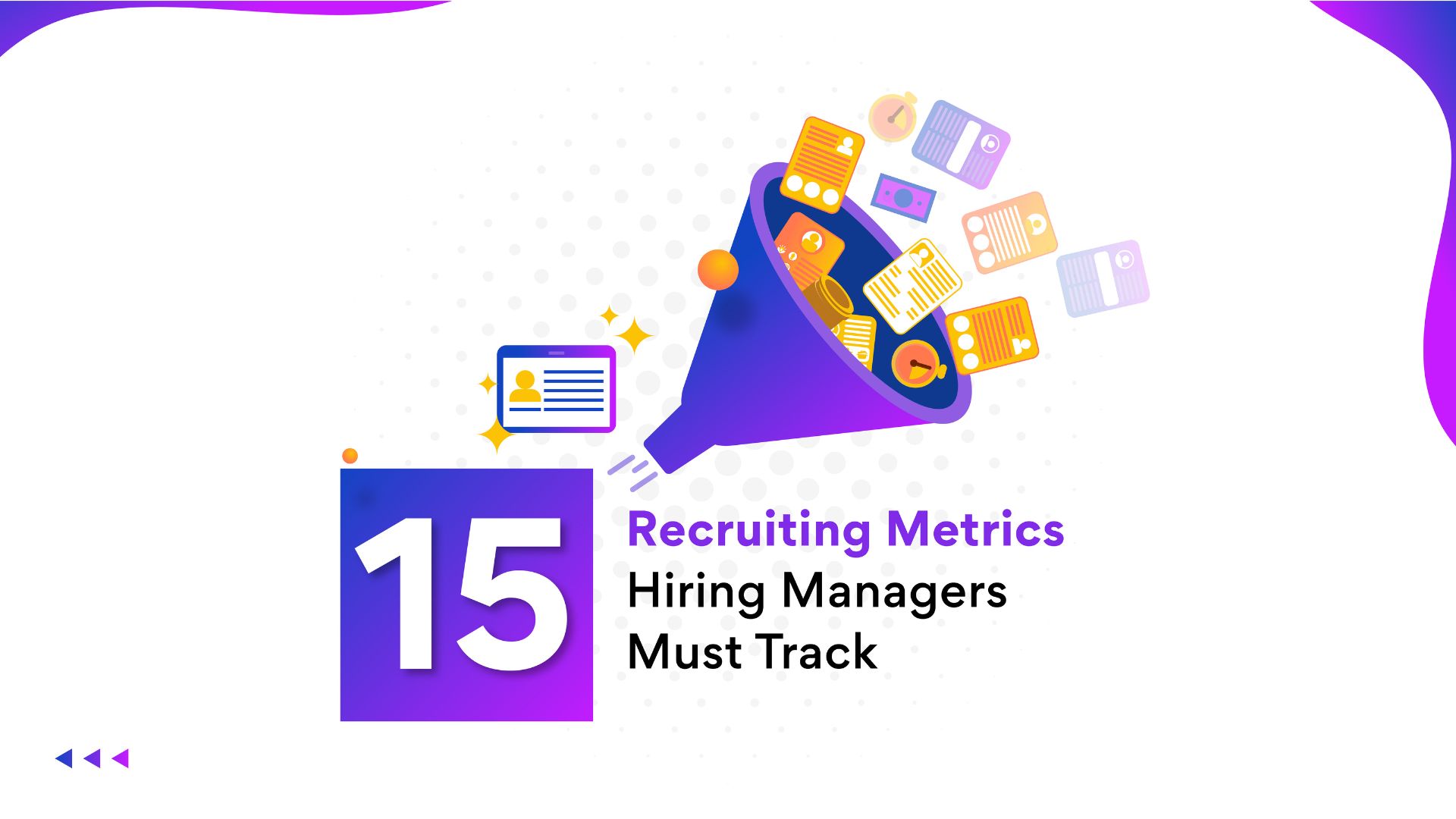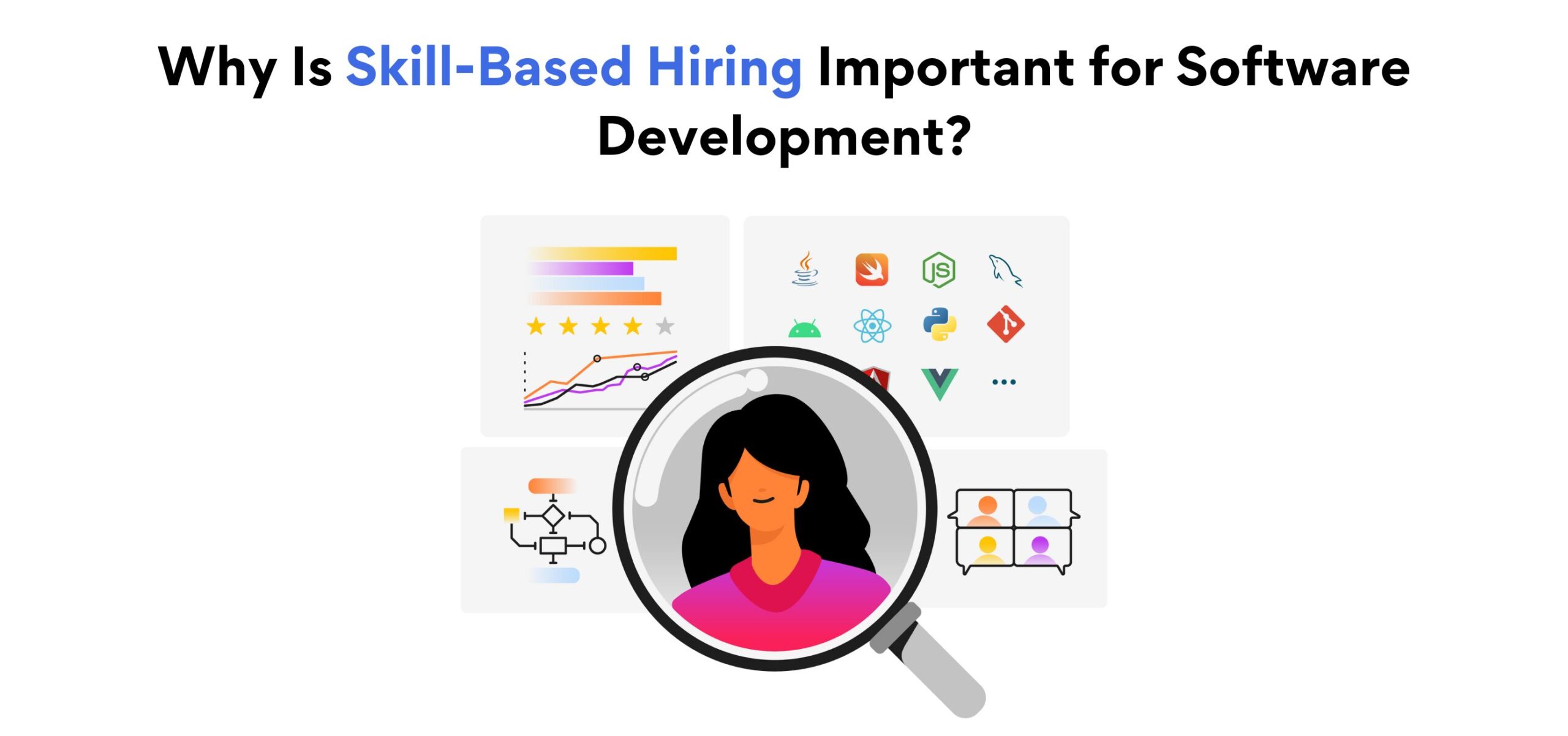What is Recruitment ROI and How to Calculate It?
What is ROI in recruitment? How is ROI calculated in recruiting? How is the recruitment success rate calculated? How do you measure your recruitment performance? Which are the KPIs to measure recruitment ROI?
Looking for answers to these questions? Dive in.
What is ROI in recruitment?
In recruitment, Return On Investment (ROI) is a performance indicator that assesses an employee’s efficiency and profitability. Recruitment ROI measures the value of an employee to the company against the money spent by the employer for hiring and retaining that employee.
How do you calculate ROI for recruitment?
The employee lifetime value is divided by the cost of hiring and retaining that employee to determine recruitment ROI. A percentage or a ratio is used to express the result.
Which metrics should you consider to measure recruitment ROI?
-
Calculate the first-year attrition rate
All new hires need some time to settle in and deliver their best work. However, they come under first-year attrition if they leave within a year.
You will never be able to recoup your investment in your applicants if they leave before completing a year with you. The costs of acquiring new employees will pile up and impact your company’s bottom line.
When candidates are met with unrealistic expectations that don’t necessarily align with the job requirements, they’ll likely quit the position within a year. Also, when you hire an unsuitable candidate for the job, performance will suffer, and you may have to let the employee go.
So, communicate what is expected of the candidate for the position and ensure they have enough resources to maximize their performance. -
Assess the offer acceptance rate
The percentage of candidates who accept the job offer from your organization is the Offer Acceptance Rate (OAR).
On the contrary, after going through all interview rounds, tests, and interactions, if the candidate doesn’t join the organization, the hiring resources go to waste. The OAR decreases, and the company’s operational costs increase.
Low OAR is a bad sign for any company and is directly linked to recruiters’ competency. OAR reflects the recruiter’s ability to ascertain the candidate’s goals, needs, and significant concerns before making an offer. -
Analyze the Application Completion Rate (ACR)
According to a recent survey, about 60 percent of people abandon their applications in the middle because they are too long, tedious, or confusing.
Therefore, the number of people who complete your job application form is another important key performance indicator to keep track of. This KPI calculates how many candidates start an application for an open role at a company, fill it and submit it for consideration.
Tracking ACR helps the hiring managers optimize their recruitment processes, used in conjunction with career page and job board analytics.
Related post: 8 Ways Hiring Managers Can Include Automation in Their Hiring Process -
Determine the quality of hire
This KPI is critical for determining whether a newly hired applicant is a good or bad fit for the company.
Determine how much value the new person brings to the organization and what impact they have on the company’s long-term goals. As performance and culture fit cannot be reduced to scores or statistics, this metric is subjective and differs for companies and employees.
Quality of Hire (in percentage) = (Indicator in percentage + Indicator in percentage) / Number of Indicators -
Calculate the Time To Hire (TTH)
The time between when a candidate first enters the pipeline and when they accept a job offer is referred to as the time to hire. This is an important KPI because hiring processes require significant time and money.
Assume the day you opened a specific role is day one when calculating the time to hire. After that, deduct the number of days it takes a candidate to enter the pipeline from the number of days it takes them to accept an offer.
For example, an applicant applied for an available position five days after it was advertised. Then, 20 days after the job was advertised, they accepted an offer. Your time to hire is 20-5=15 days.
Time to hire = The day candidate accepted the offer – The day candidate entered the pipeline. -
Estimate the Cost Per Hire (CPH)
The average money spent to fill a vacant position in a company is the cost per hire.
This metric helps track finances since it helps you plan your recruiting budget and allows you to compare spending over time. Your cost per hire also displays how much money you save by using recruitment software instead of search firms or external recruiters.
The American National Standards Institute and the Society of Human Resource Management developed a standard formula for estimating the cost per hire. The formula states – Add up the costs of both internal and external recruiting efforts and divide by the total number of hires.
CPH = (Total internal + total external recruiting costs) / total number of hires in a specific time frame
An example to clarify how to calculate the recruitment ROI:
- Assume that XYZ Company will hire 100 individuals over the next 12 months, with an average salary of $100,000. A total of $10 million in further compensation is offered.
- This would result in a total variable profit contribution of $24 million (100 individuals at $240,000 apiece).
- If the 100 individuals hired were 20 percent more productive, total profit would increase by $4.8 million annually. This increase would amount to around $20 million in additional variable profit over four years.
- The cost of hiring 100 top-third employees is estimated to be around $3 million. This figure includes a four-year pay raise of $2 million, the expense of four additional recruiters in the first year, four additional LinkedIn Recruiter licenses for a year, and the cost of training recruiters and hiring managers to adopt performance-based hiring.
- The return on investment (ROI) for earning $20 million in profit over four years with a $3 million investment is over 600 percent, with a payback of three months.
Related post: 6 Mistakes Hiring Managers Should Avoid Making
Bottom line
Math is fun, but it’s not for everyone. If you aren’t interested in maths and calculating recruitment ROI manually, you can use modern recruitment software, such as Arya by LeoForce, SelectHub, Workable, Trakstar Hire, Bamboo HR, iCIMS, JobVite, JobAdder, and BullHorn.
If you wish to hire the world’s best developers remotely, try Turing.com. Turing makes remote recruiting simple and beneficial for businesses. Turing allows companies to employ pre-vetted, Silicon Valley-caliber remote software talent in 3-5 days across 100+ programming languages.
FAQs
- How is the recruitment success rate calculated?
To calculate the success ratio, divide the number of hires who perform well by the total number of hired candidates. A high success ratio means that most of the hired candidates perform well. However, a low ratio means that recruiters must fine-tune their selection process. - How do you measure your recruitment performance?
Here are some of the most important KPIs to measure recruitment performance:
- First-year attrition
- Offer acceptance rate
- Application completion rate
- Quality of hire
- Time to hire
- Cost per hire
- Candidate experience
Traditional recruiting wasn’t built for a software-first world
Tell us the skills you need and we'll find the best developer for you in days, not weeks.
